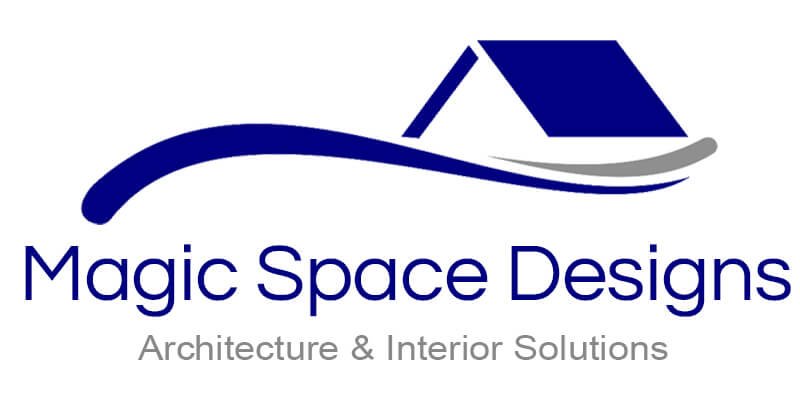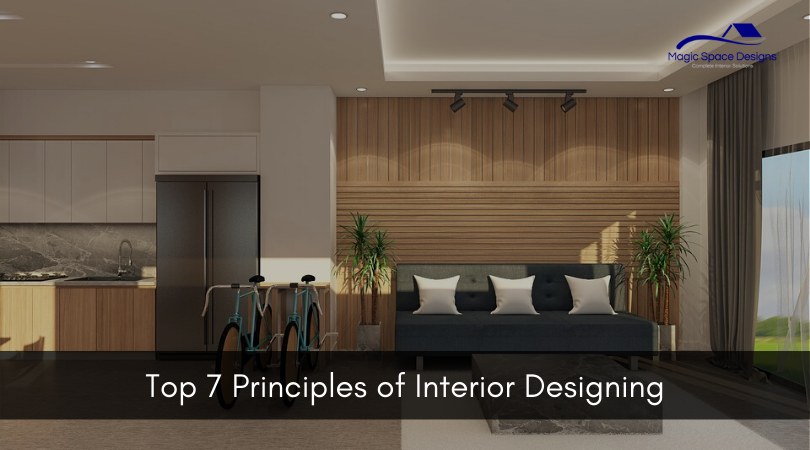Designing your place is simple when you know the basic principles of interior designing. Though designing basically suggests art, it involves lots of science and technology too. These following principles will reveal the rules of creating flawless designs for your homes or office.
Being a leading interior design company in Ahmedabad, we are glad to share the top 7 principles of interior design.
Must-Know Principles of Interior Designing
As said above, interior design is also a science that works in coordination with art and craftsmanship. Here are certain principles of interior decoration that will help you while designing your spaces.
#1 Emphasis
Emphasis in interior design is all about creating a point of interest in your room or home. Scattered and highly uniform designs may either look messy or boring. Creating a center of attraction in your space can enhance the beauty of the room significantly. Creating a beautiful window view or fireplace or a piece of furniture can make the designing perfect.
#2 Rhythm
Rhythm is an essential part of any design. It is all about creating perfect looks featured by either contrast or repetitions in terms of colors, shapes, patterns, and texture. Using a certain color or shape at an interval of equal distance provides a visual treat to the eyes.
#3 Balance
Balance in interior design is yet another basic principle of interior designing. Balance in interior decoration is all about maintaining evenness in colors, textures, patterns, sizes, shapes, and visual effects. The most common and known type of balance is symmetrical. The modern design also focusses on asymmetrical and radial balance.
#4 Harmony
Harmony is one of the best ways to build a good appearance. While you use contrast colors, you can create harmony by using similar shapes or textures. Vice versa; when the shapes are dissimilar, harmony can be achieved in colors and textures to create good design.
#5 Contrast
Contrast is one of the most important principles often used by interior designers. Contrast can be achieved not only in terms of colors but also in terms of volume, visual effect, pattern, form, and space. While too much of harmony may look monotonous, contrast can make it interesting.
#6 Depth and Details
Superficial designing may ruin the functionality and durability of the decors. Interior designing goes far beyond decoration and accessories that are loud and large. Paying attention to minute details can change the entire look of a large set-up.
#7 Scale and Proportion
It is essential to focus on measurements and the ratio of any object and elements in the room. The right ratio of objects and designs to the rest of the elements and to the whole milieu is important. This ensures that nothing looks out of place and disorderly.
All professional designers begin and built their designs on these principles of interior design to achieve optimum accuracy and elegance. We are sure the above principles will help you to design your spaces with optimum perfection.
Don’t Forget to Check:Importance of Color Scheme in Interior Design

